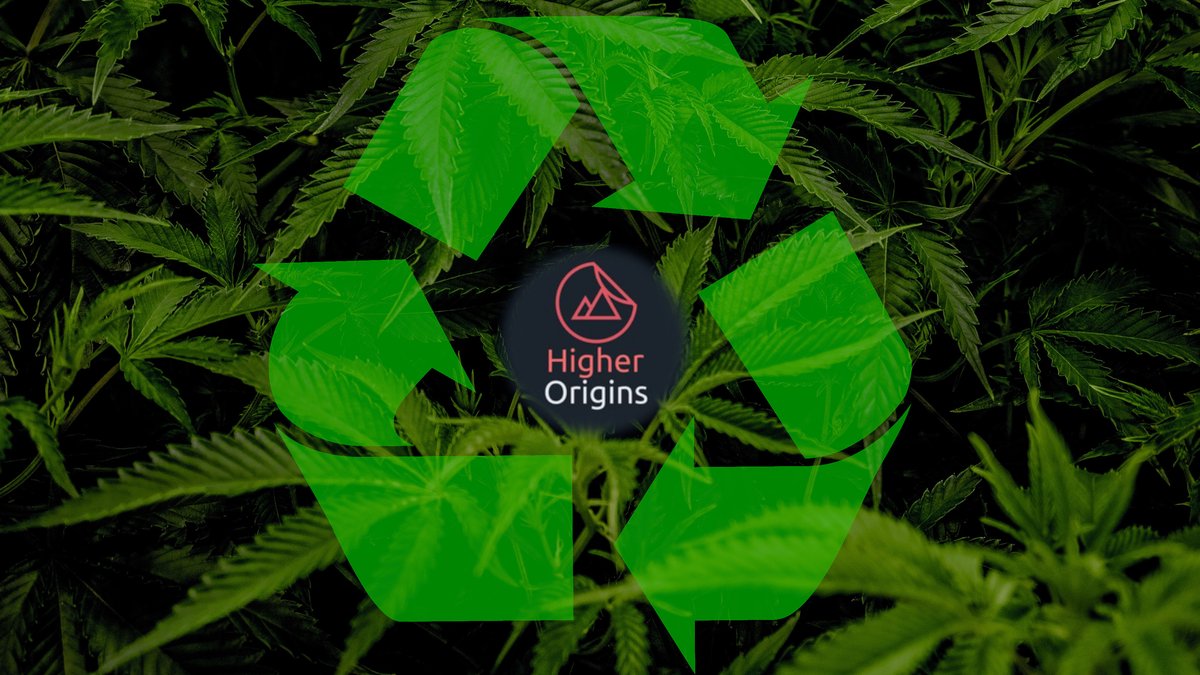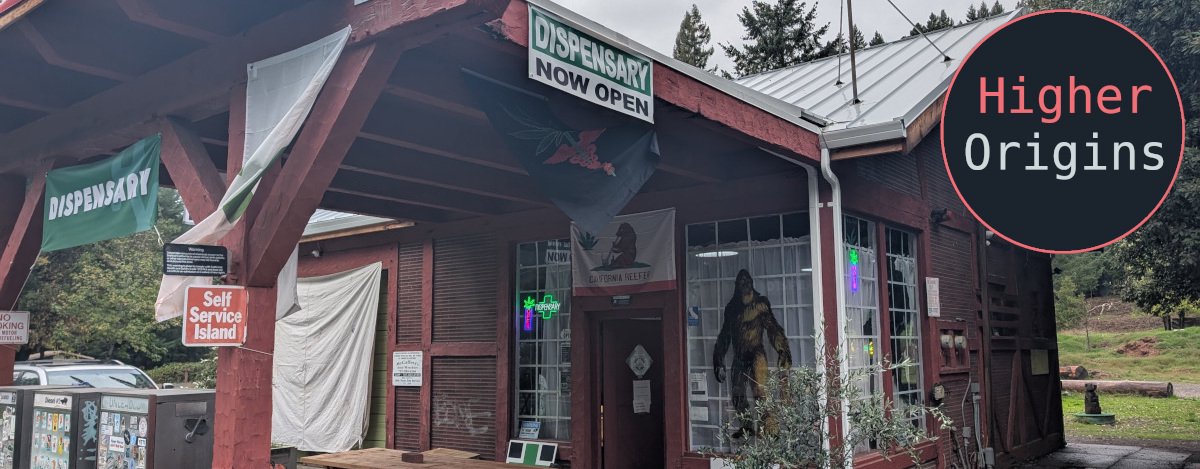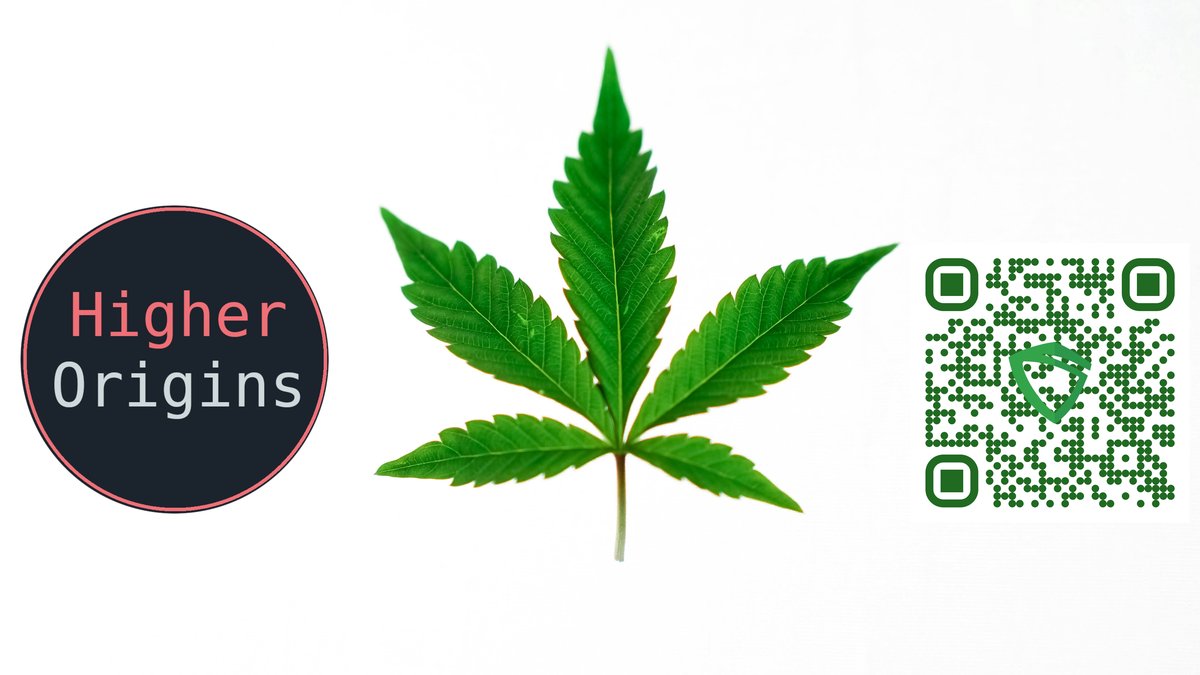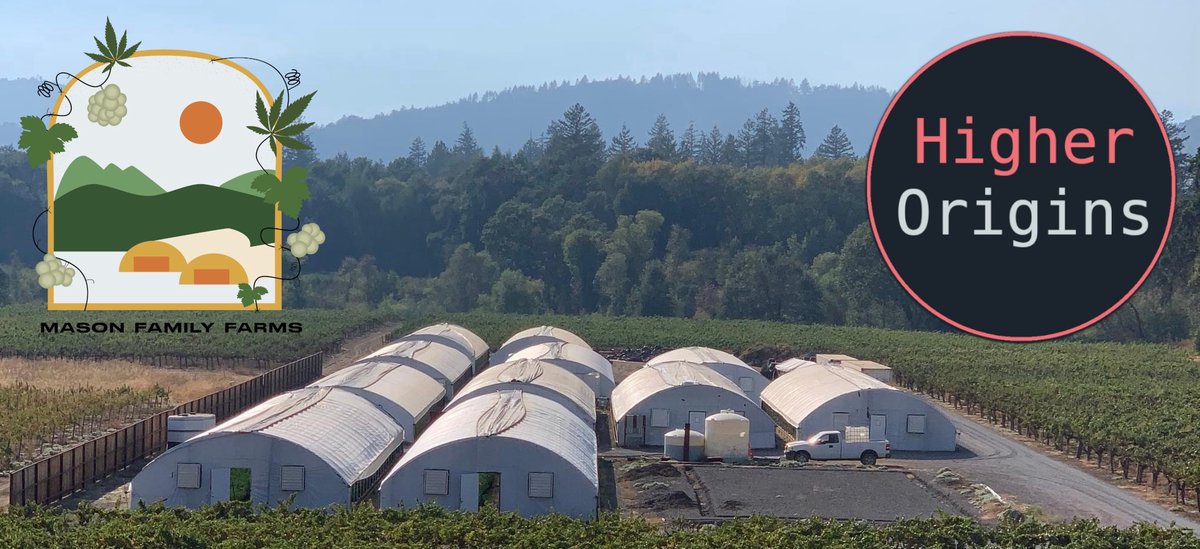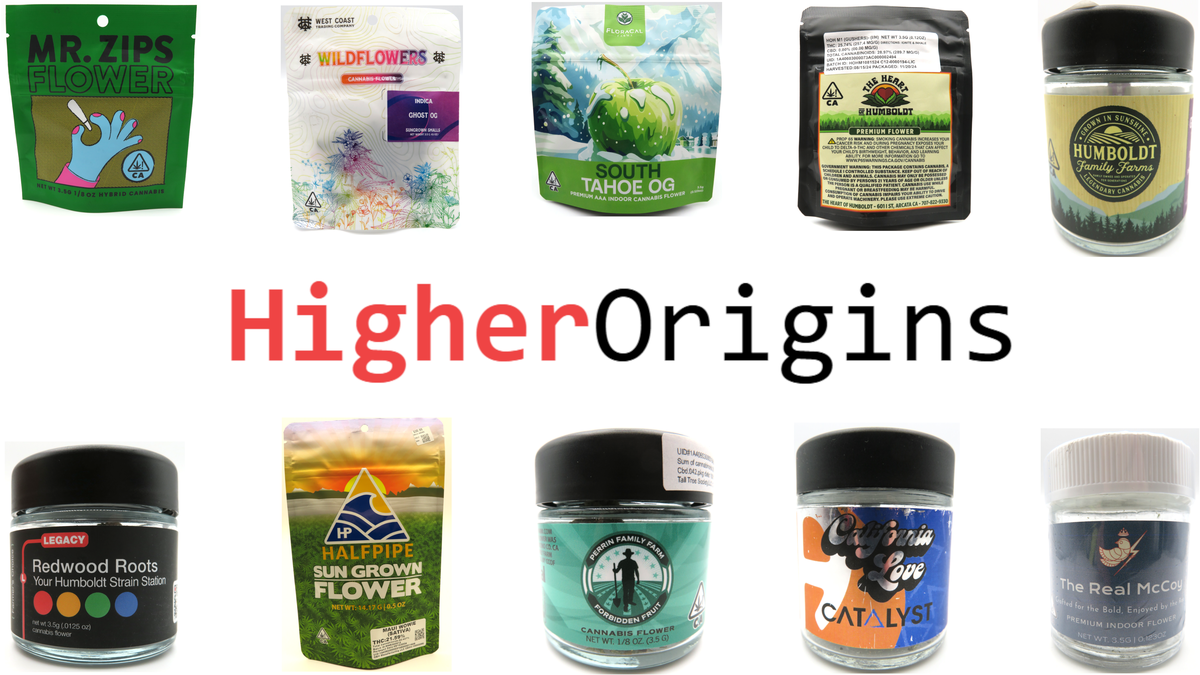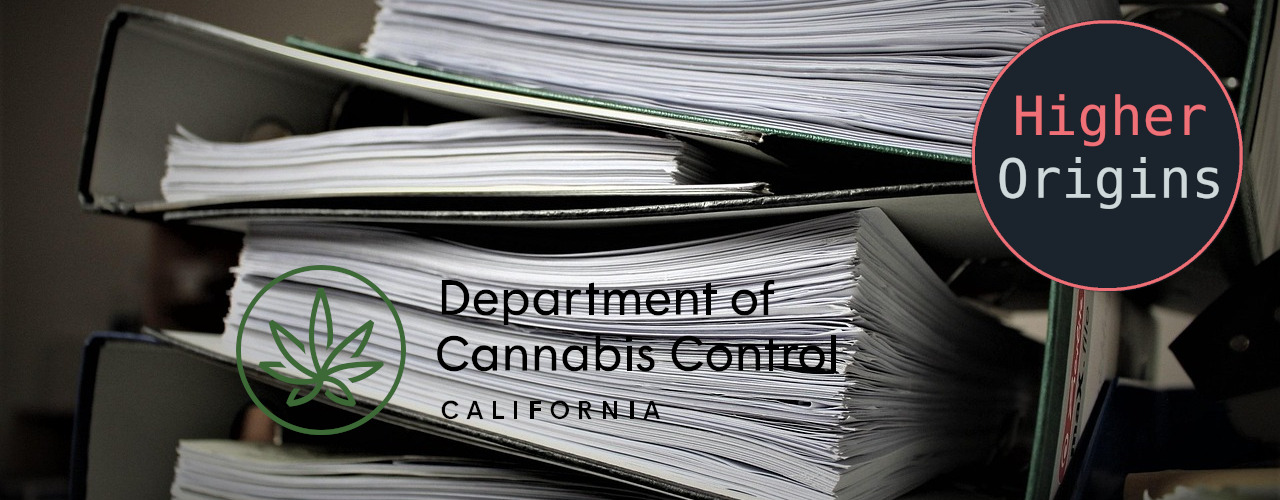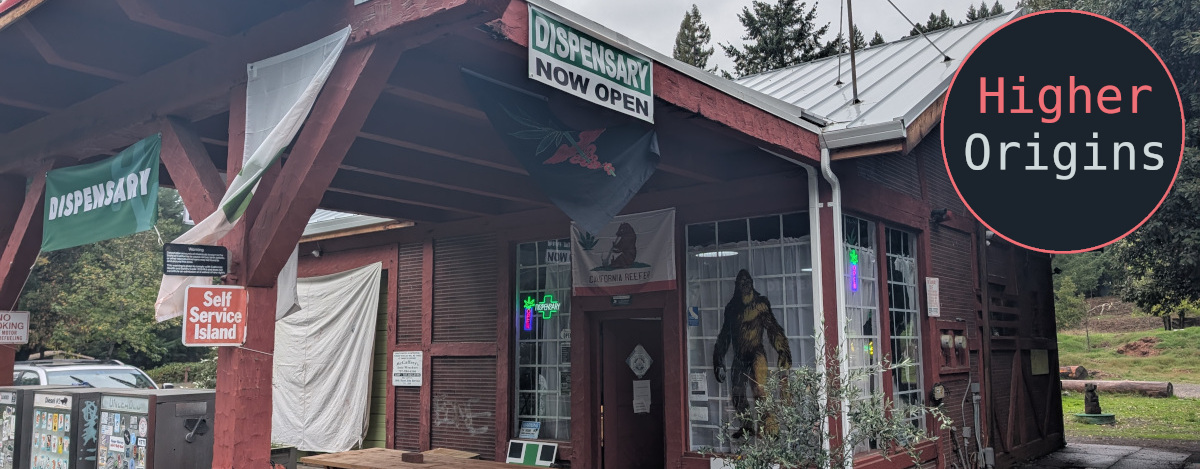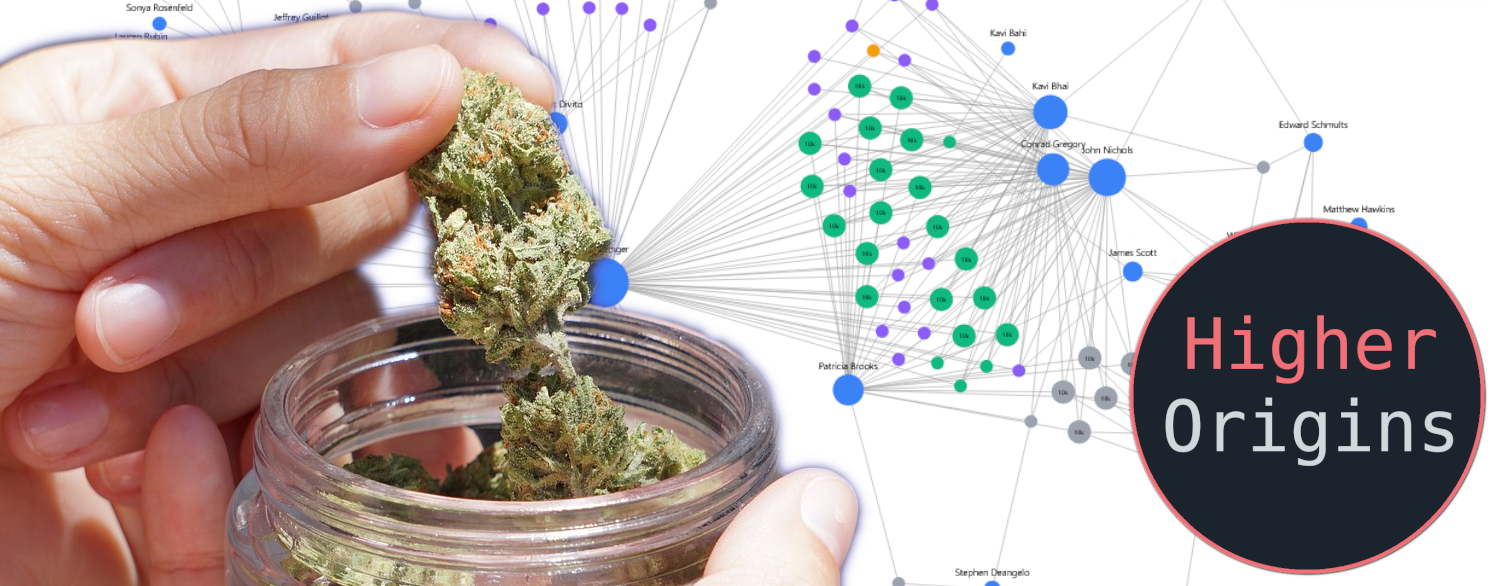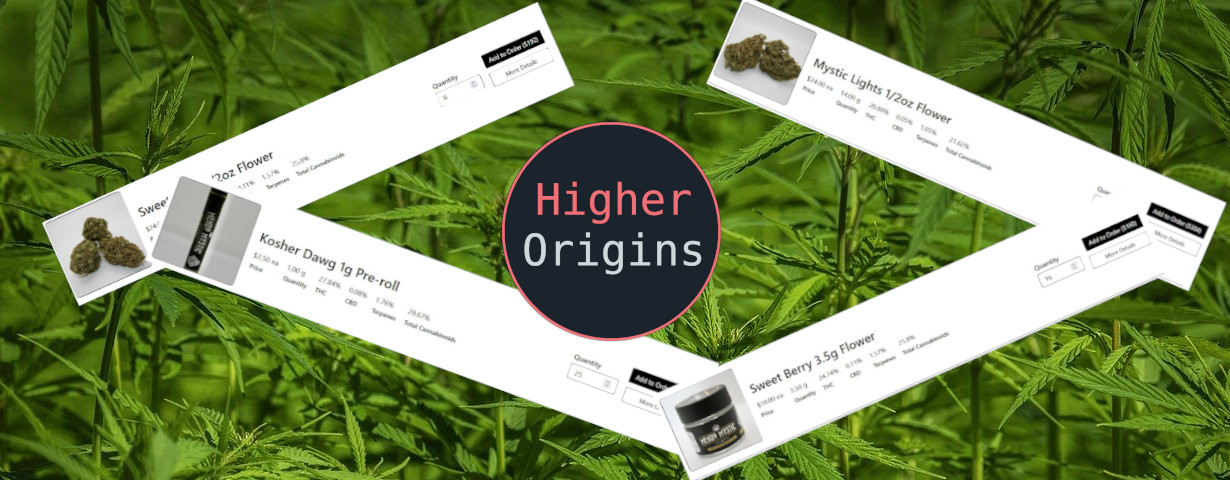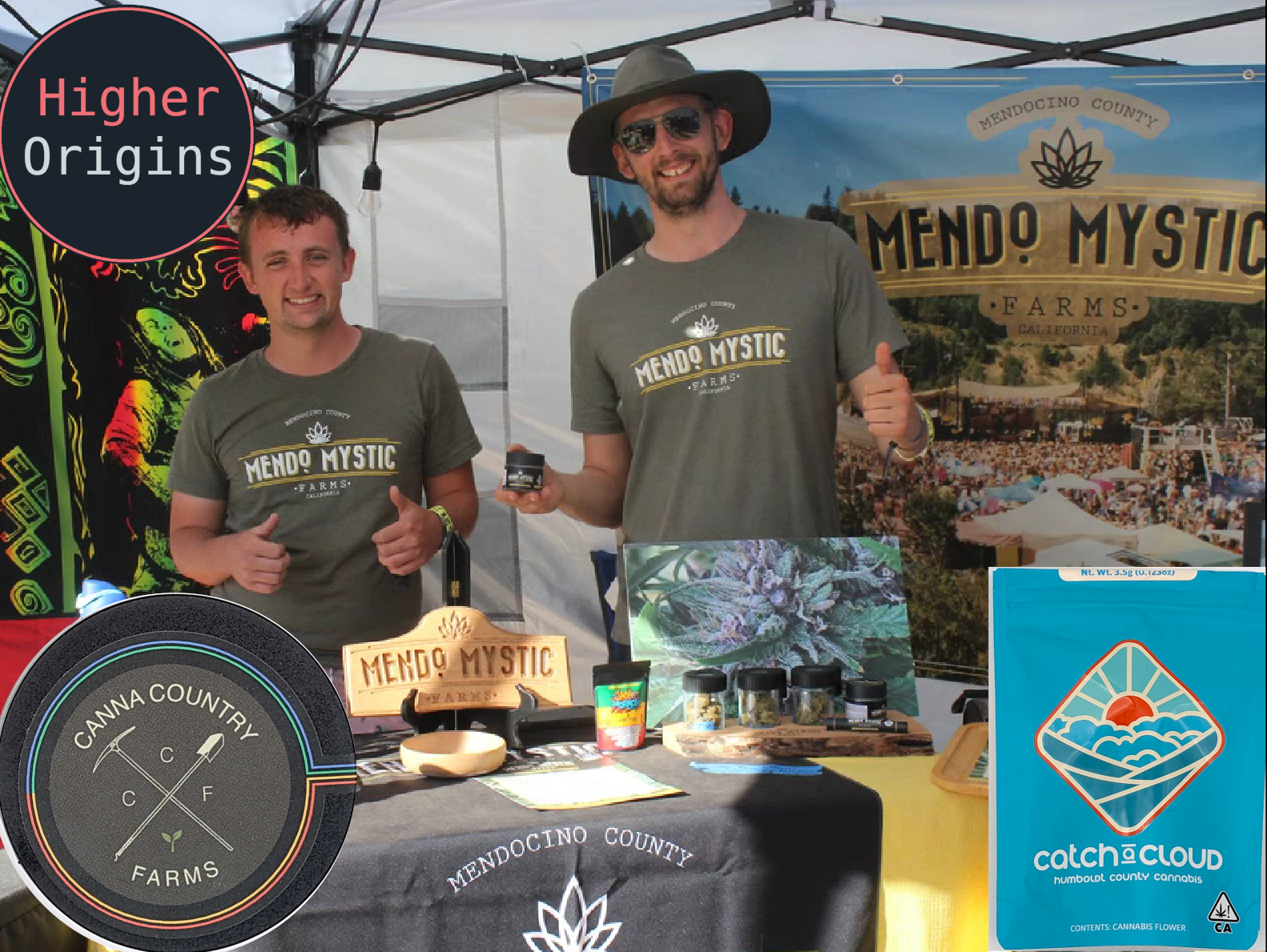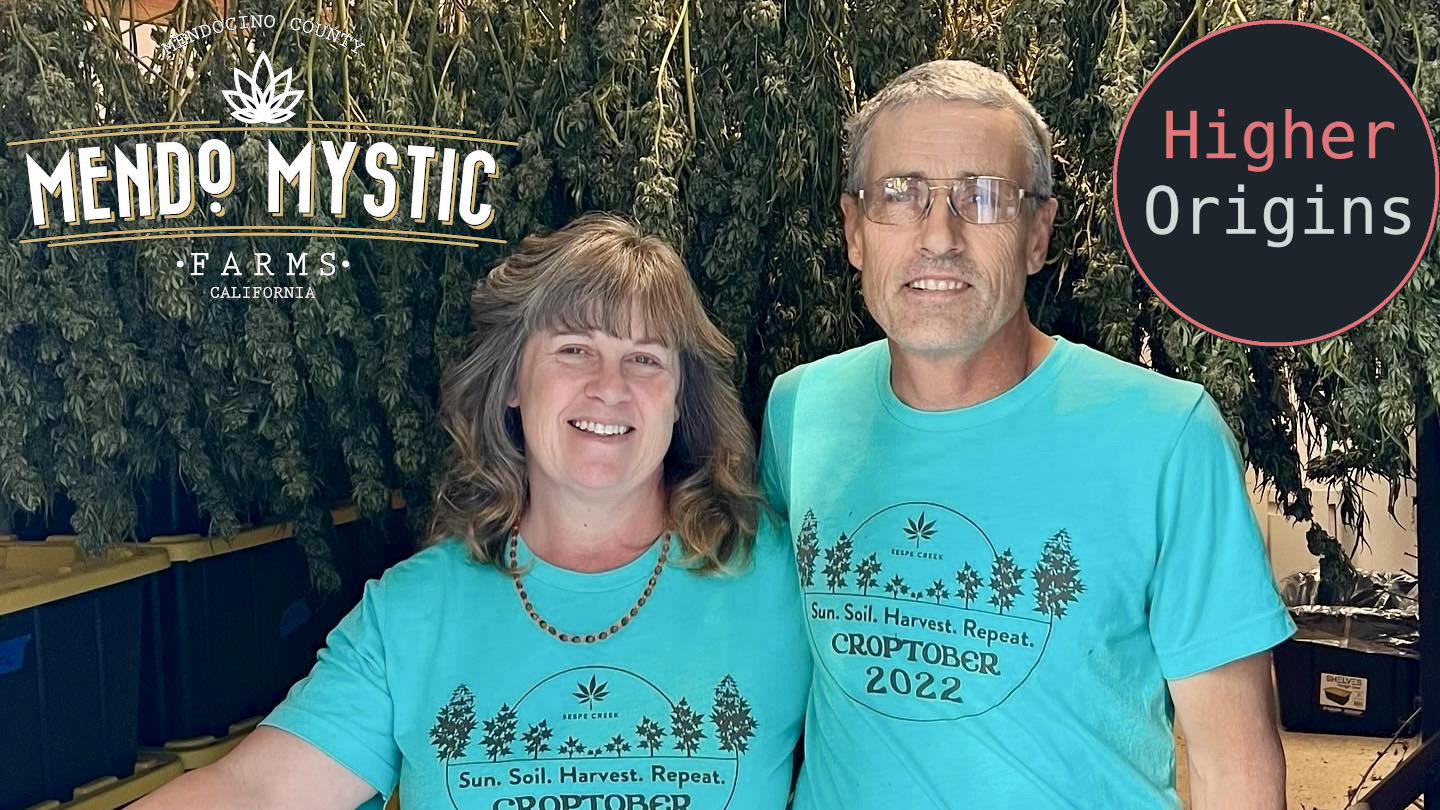As we work with members of the Higher Origins community to get products on shelves, we frequently have to answer questions about packaging. All those new jars, bags, and doob tubes inspired us to look at the environmental impacts of how California packages its cannabis. Unfortunately, there aren’t many great options that fit within the packaging rules, protect the product, and work well with California’s limited disposal options. Likewise, in an industry hammered by taxes and low prices, few operations can afford to expand their COGs with more expensive packaging. Here’s our breakdown on the current situation.
California’s Failure to Recycle
The issue with recyclable packaging is that a lot of it isn’t actually recycled. A recent report from Consumer Watchdogs states that only about 75% of recyclables actually reach recycling facilities in California, and of that, up to 35% is too contaminated to be recycled due to single-stream methods. Regulatory mismanagement has allowed large contractors to consolidate control over the recycling system and put profits over effective processing. Any industry, cannabis included, that relies on plastic packaging should understand that just because they’re using recyclable products doesn’t mean they still aren’t ending up in landfills.
Regulatory Solutions
The recommended solution is to copy other states by putting a higher degree of responsibility on beverage distributors- essentially requiring those who put the waste into the economy to make sure it can be recycled. So far, the gold standard of this kind of legislation is the successful German VerpackG law which requires any business using disposable packaging to be directly responsible for its disposal, including accepting empties back from consumers.
While we doubt lobbyists will allow something as complete as VerpackG to pass in California, any kind of legislation that makes businesses accountable for their packaging choices is a step in the right direction. On the economic flipside, if this policy change happens, it will mean an increase in costs for cannabis companies, a cost they may pass on to their customers.
Childproof Packaging
California requires that certain packaging for cannabis meet a standard for “Child Resistant” as defined by Federal regulations. While most products like flower and prerolls only have to be child resistant for the first time they are opened, others like edibles and tinctures must be child resistant for every opening. This can result in over packaging with two-part jar lids or extra plastic shrink wrap to meet regulations.
Cannabis Has Always Been Difficult to Package
Even pre-legalization, the cannabis industry relied on plastic wraps to preserve the product- from turkey bags on the farm to ziplocs on the street, traditional market bud was in plastic from start to finish. This is mainly due to the sensitivity of cannabis when packaged. As any good grower will tell you, curing has a large impact on the final quality of the product. Once cured, the flower needs to be well packaged to protect it from moisture changes and air which will oxidize the terpenes, changing the taste, texture, and potency. Even pre-legalization, growers and dealers were aware of this and proper storage was a priority. Now that legalization has scaled the market and brought more public attention to cannabis, an opportunity has arisen to explore more sustainable options.
Better Options
More sustainable options are slowly becoming available- here are some standouts that are leading the way.
Fumé’s engineered paper boxes. Their innovative boxes have child resistant locks that must be poked open with a card.
Sana’s 100% reclaimed ocean plastic jar lids. Sana uses reclaimed ocean plastic for their jars and tubes, as well as hemp based plastic for other products.
HiSierra’s bags. Made from sugarcane in the USA in an emissions-free factory, these fully recyclable bags replace Mylar.
SunGrown Packaging’s child resistant paper boxes. These boxes fit several prerolls and use cardboard tabs to lock shut.
N2Pack’s canned cannabis. These unique steel cans, similar to tuna cans, can be easily recycled and are filled with neutral nitrogen gas to keep buds fresh.
Disposable vapes
As referenced in a recent article, disposable vapes with built in cartridges are now considered hazardous waste in California under a new bill. Not due to their containing lithium batteries, but due to their containing traces of cannabis concentrate when empty. New laws focused on responsible battery recycling exclude vapes, specifically SB 1215, a bill that expands recycling rules and imposes taxes on battery-powered items, yet specifically exempts “An electronic nicotine delivery system” which includes vapes used for cannabis.
The idea of trashing an entire vape and battery, when rechargeables and replaceable cartridges are proven, is environmentally irresponsible. The current industry approach to this problem is mixed. Many leading brands like STIIIZY, Dosist, and Dime Industries all offer disposables. One issue with Dosist and STIIIZY’s offerings is that they use proprietary cartridges. The vape industry should standardize on the 510 cartridge so customers don’t have to buy additional battery packs just to try strains from different brands. .
Disposable vapes should be banned in California, simple as that, and empty cartridges should not be considered hazardous waste. Regardless of what the impressionable politicians might believe, nobody is going to go around fishing empty carts out of the trash and ingesting the residue.
Mylar bags
One of the most common kinds of packaging, mylar bags provide a good seal to maintain freshness, are cheap, pack easily, heat seal, and can be quickly printed. Unfortunately, Mylar is not recyclable since it is made of both aluminum and PET plastic laminated together, so it goes straight into the landfill. Since Mylar is so convenient and affordable, it will probably be one of the hardest materials to remove from the packaging stream.
Plastic Beverage Bottles
Recent California legislation clarifies that cannabis beverages can be sold in any kind of container. This means that the beverage category may soon see more plastic containers. Ideally, beverage makers will stick to aluminum cans, one of the most environmentally friendly options, or failing that, glass. While aluminum takes more energy to initially produce, it’s easier to recycle and requires less energy to transport due to its low weight. All packaging options for liquids require significant emissions to produce, and heavy liquids take a lot of energy to transport. While no option is ideal, recycled aluminum cans are the best we have at the moment, and we hope to see consumers choose them over plastic beverage containers.
Biodegradable Plastics Aren’t a Ready Solution
Likewise, the idea that biodegradable plastics will provide a solution is flawed- there are few facilities that can process any serious volume of biodegradable material. The issue lies in the fact that most “biodegradable” products only break down in industrial compost facilities, not nature. Most industrial composters are not actually really equipped to handle these materials either. A second issue is that most biodegradable plastics resemble normal plastics, and they get mixed up in the recycling stream, resulting in clogged machinery at the recycling facilities.
Biodegradable products for large-scale sustainability face a chicken and egg problem- you need to build a lot of industrial composting facilities to make such packaging viable, but building those facilities isn’t really viable without the widespread use of biodegradable packaging. Ultimately, this is the kind of thing that comes about more through government promotion and spending rather than market demand.
Shout out to those keeping nature in mind, and don't forget to empty the dehumidifier!
-Higher Origins
